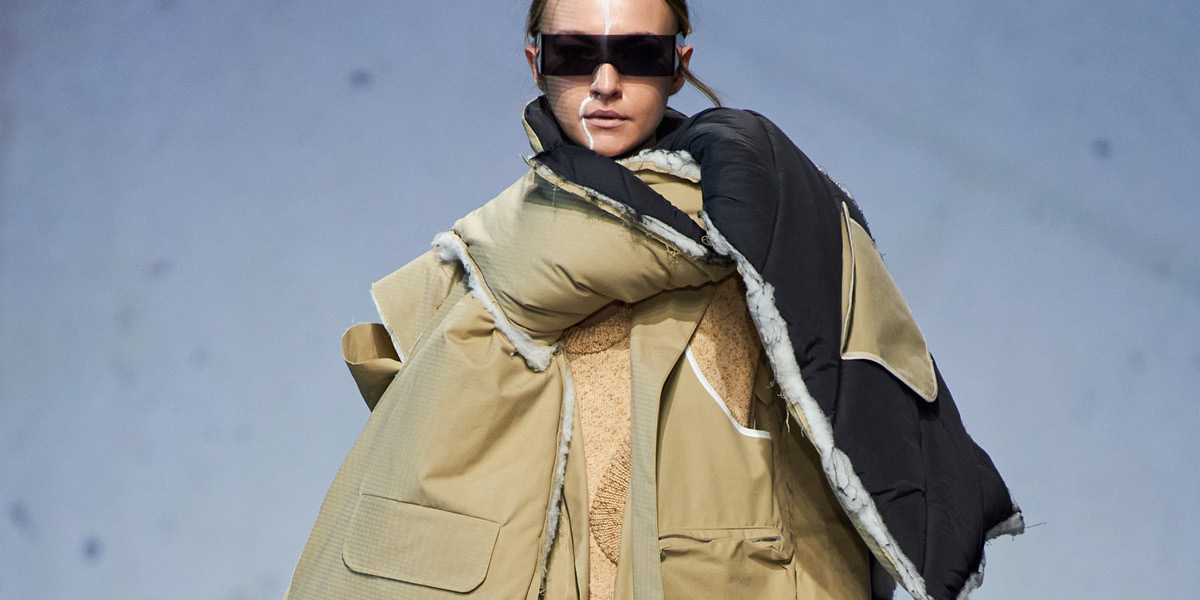-
How to become a
Fiber and Textile Researcher
.jpg)
Who is the Fiber and Textile Researcher?
Attention to materials lies at the heart of the fashion industry. Given their pivotal role in creating collections, every brand relies heavily on the expertise of a Fiber and Textile Researcher – a specialist dedicated to studying and exploring textile materials. This role demands a profound understanding of various fiber types, manufacturing processes, and technological advancements. Sustainability, visual appeal, and functionality stand as key pillars guiding their endeavors, from conducting thorough research to compiling reports and managing archives.
What does a Fiber and Textile Researcher do?
The responsibilities of a Fiber and Textile Researcher span a wide spectrum of tasks, all centered on studying and identifying new natural, synthetic, and hybrid fibers. This involves in-depth analysis to grasp their physical, chemical, and mechanical properties, including strength, elasticity, dye reactivity, durability, and comfort. They also oversee the creation of samples and prototypes using techniques such as weaving, knitting, and braiding. Documenting and archiving all findings is crucial for future reference and application. It's worth noting that the role extends beyond fibers to encompass their processing, requiring the professional to stay abreast of the latest technological innovations in the textile industry and maintain robust supplier networks.
What skills should a Fiber and Textile Researcher have?
The following skills are essential for individuals aspiring to excel in the role:
- Thorough knowledge of textile materials commonly used in the fashion sector
- Proficiency in conducting comprehensive research on emerging textile solutions and industry trends
- Solid understanding of fiber and fabric properties, as well as their practical applications
- Familiarity with cutting-edge technologies and innovations in textile production, such as weaving and dyeing techniques
- Strong soft skills, including organizational abilities, teamwork, information sharing, and effective communication.
How to become a Fiber and Textile Researcher?
Exploring new materials for building a collection demands a strong skill set. Many of these skills can be honed through studies at NABA. The Master of Arts in Textile Design aims to provide a holistic approach to the textile industry, delving into values and needs with consciousness and responsibility. For instance, through the Textile Design course, students gain an understanding of how creativity intertwines with a thorough grasp of materials and their practical applications. In the “Fashion Material Culture” classes, students get to interact with various industry players, gaining insights into the specific dynamics of the supply chain.
.png)
